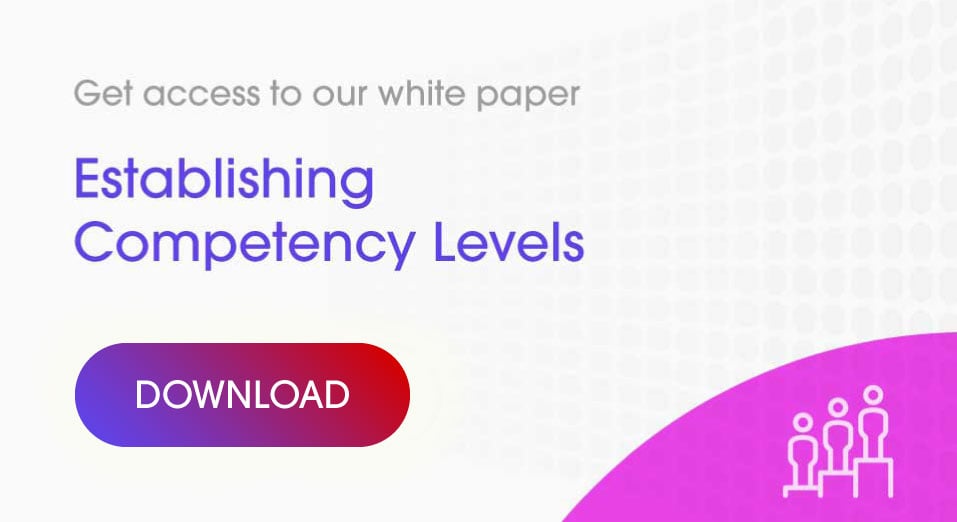Territory alignment is the process by which the geography of a country is divided into territories to achieve the desired reach and frequency of target customers in order to maximize revenues. An effective territory alignment balances the allocation of the sales potential with the call capacity of the reps across the geographies in question. Sophisticated tools and data are the backbone of any such process today.

Balancing workload and potential across territories is not always easy. It is however essential to a fair, sustainable and motivating alignment. Representatives expect to have a workload similar to other pharma reps, a territory which allows them to achieve their target call reach and frequency, and a similar sales potential to that of their colleagues, in order to achieve the results and corresponding rewards and recognition for their efforts.
Territory alignment is a complex initiative, and tries to achieve:
- Maximum sales results,
- Optional reach and frequency on target customers,
- Minimal rep downtime including travel time,
- Improved customer service,
- A highly motivated sales force,
- Agility to address planned and unplanned events, including new competitors and changes to product mix
Lessons learned over time
Sales management often conducts territory alignment projects as part of an overall planning process. The need for territory optimization increases during times of market and organizational changes.
The quality of territory alignment should not be compromised, and “quick and dirty” approaches do not generally deliver a good outcome, particularly considering the relatively easy and straightforward manner upon which good territory alignment can be undertaken. In order to avoid certain pitfalls, which could bring a sudden drop in sales, in representative motivation, or other problems within the organization;
- Consider both sales potential and workload to have highly motivated reps;
- Have national objectives and criteria, and also consult district managers to ensure your overall plan is well adapted to local issues and specifics;
- Quickly and regularly address issues such as long-term vacancies to ensure the objectives are achieved without over-burdening adjacent territory reps;
- Consult the reps, but do not base your alignment only on opinions;
- Consider competitor approaches, but do not imitate them;
- Regularly revisit your customer profiling and segmentation to adapt to changes;
- Align your resources according to the customer potential, including prescribers and influencers;
- Think beyond the sales force, to include MSLs, and digital interactions.
Territory alignment is a combination of commercial strategy coupled with the knowledge of the field force.
This cannot just be a theoretical exercise. You need to engage the sales managers and reps both for the accuracy of the deployment, as well as for the buy-in of the team. There is a component of the calculations that is not completely analytical and relies on qualitative input and teams’ experience.
What could happen in the field if there is not a good territory balance?
Unbalanced territories can have a negative impact on motivation. Reps might look at their colleagues and see that they are working less and still exceeding targets. This can lead to real motivational and performance issues.
Also, if potential and workload are not fairly distributed, you have no way of knowing who the high performers are and those who are not and should expect some level of conflict among reps due to perceived unfairness.
The fair alignment of territories is a basic criterion to ensure motivation and high performance in the field.
What is the impact of good territory alignment?
Territory alignment can have an immediate impact on sales. A number of retrospective audits have demonstrated an improvement of between 2% and 7% after territory alignment projects.
The strongest impact is on the coverage of the target customers. Having reach and coverage aligned to the objective can account for up to 50% of the effect. Another 30% of the effect comes from more appropriate frequency, and the rest, from increased motivation of the reps.
These numbers may not look much, but for a sales team with impactable sales of 10 million, a 7% increase on the top line is 700.000, and that is just through better internal management, something that is completely within your control.
A few things to keep in mind
- Territory re-Alignment is an iterative process and can take multiple attempts to reach the most satisfactory solution.
- It is rare to find a perfect solution and often compromises have to be made.
- Companies often ignore the benefits of balanced territories, because opportunity costs are difficult to determine. In essence, you need to involve the field force.
- Try to keep disruption of the sales force to a minimum during realignments, especially in high performing territories. Disruption in low performing territories can be welcome.
- A dynamic Territory alignment mapping tool fed with comprehensive data is key to a broader understanding of the territory and the ability to quickly evaluate potential scenarios.
- Allocate the highest performing reps to high potential customers and territories.
- And don't forget to select a project champion to assure implementation and sustainability within your highly motivated team.
Ask Actando about our online territory alignment training and collaborative process.
---
If you are interested in our mobile learning solutions on digital channels, contact Actando.
The Actando Consulting Team













